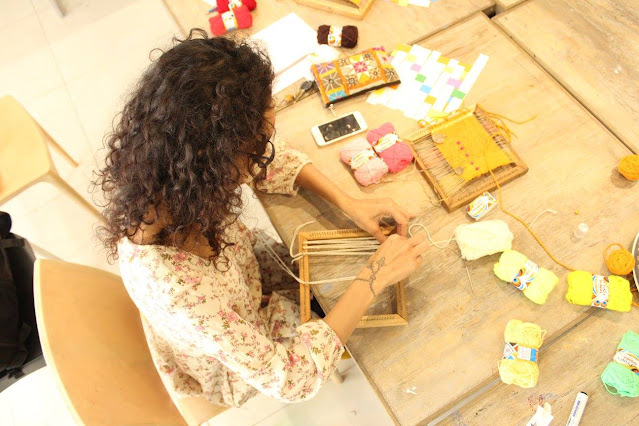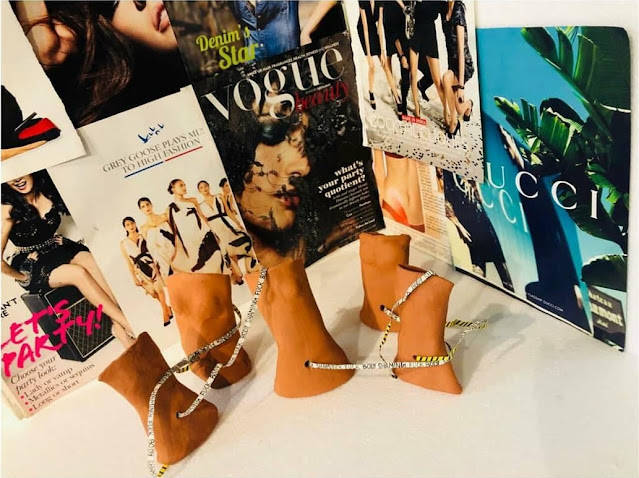Navigating the Path to Prestige: Preparing for Admissions Tests to Top Art Schools in India
Preparation for admissions tests to top art schools in India requires dedication, practice, and a deep understanding of the school's requirements. By assembling a strong portfolio, honing your art skills, developing your conceptual thinking, and seeking guidance, you'll increase your chances of impressing the admissions panel and realizing your dream of studying at a prestigious art institution in India. Remember, the journey of preparation is just as important as the destination, as it shapes you into a more skilled and confident artist. Here's a comprehensive guide on how to prepare for admissions tests to top art schools in India.
1. Understand the Test Format
Before you dive into preparation, it's essential to understand the format of
the admissions test. Each art school may have its own specific requirements and
test structure. Research the art school's website, reach out to admissions
officers, or consult current students to get a clear picture of what to expect.
This knowledge will help you tailor your preparation to meet the specific
criteria and expectations of the school.
2. Assemble Your Portfolio
In addition to written tests or interviews, many art schools in India
require applicants to submit a portfolio of their work. Your portfolio is your
calling card, showcasing your skills, creativity, and unique perspective. Start
early, curate a diverse collection of your best work, and ensure it reflects
your artistic journey. Tailor your portfolio to align with the school's focus,
whether it's fine arts, graphic design, animation, or any other specialization.
3. Practice Your Art Skills
Regardless of the specific admissions test, strong art skills are a must.
Dedicate ample time to practice drawing, painting, or whatever medium you
specialize in. Work on both technical skills (such as shading, perspective, and
composition) and expressive skills (communicating emotions and ideas through
your art). Consistent practice will not only refine your abilities but also
boost your confidence.
4. Develop Your Conceptual Thinking
Top art schools in India value creativity and conceptual thinking. Practice
generating unique ideas and exploring various perspectives. Experiment with
different artistic themes, techniques, and concepts. The ability to convey a
strong artistic vision is a hallmark of a promising art student.
5. Review Art History
A solid understanding of art history is essential for many admissions tests.
Familiarize yourself with the major art movements, influential artists, and
significant works in the field. Being well-versed in art history not only
demonstrates your passion but also allows you to draw inspiration from
different periods and styles.
6. Take Mock Tests and Interviews
Practice is the key to success. Seek out practice tests or mock interview
sessions to simulate the actual admissions process. Mock tests help you get
accustomed to the test format, time constraints, and the types of questions you
might encounter. Mock interviews, on the other hand, prepare you for the
face-to-face interaction with the admissions panel, helping you articulate your
thoughts and passions effectively.
7. Seek Guidance and Feedback
Don't hesitate to seek guidance from experienced art educators or mentors.
They can provide valuable insights, identify areas for improvement, and offer
constructive feedback on your portfolio and artistic skills. Collaborating with
fellow aspiring artists for feedback and idea exchange is also beneficial.
8. Stay True to Your Unique Style




Comments
Post a Comment